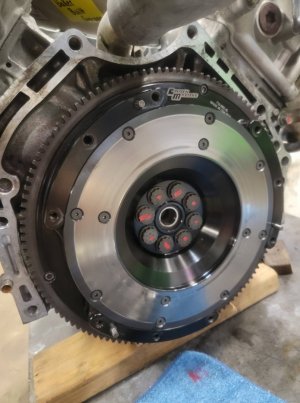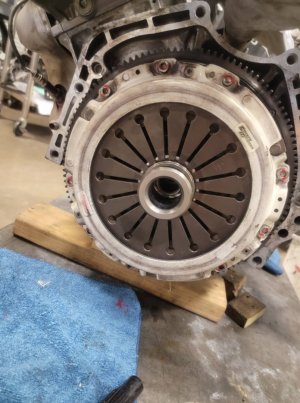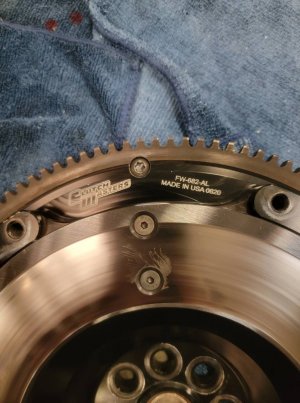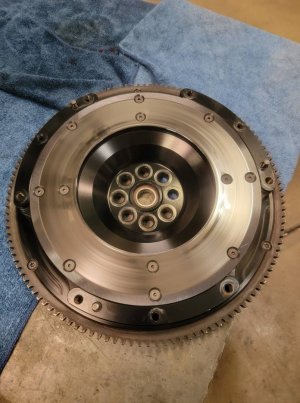- Joined
- 26 March 2023
- Messages
- 70
Need some assistance and hoping you fine folks can help. Recently had some service done to the nsx, and it drove fine post service. A month or so afterwards it started to make a horrible noise only on turning (either way). I also noticed the car rear end wobbled back and forth with the noise when I pushed it into my garage in neutral. What are your thoughts on what it could be?
Attached is a video, forgive my talking but there are some good examples of the noise throughout particularly at the end. Nothing is rubbing, it's all stock suspension and wheels.
1996 Targa 5spd.
Noise video
Attached is a video, forgive my talking but there are some good examples of the noise throughout particularly at the end. Nothing is rubbing, it's all stock suspension and wheels.
1996 Targa 5spd.
Noise video













